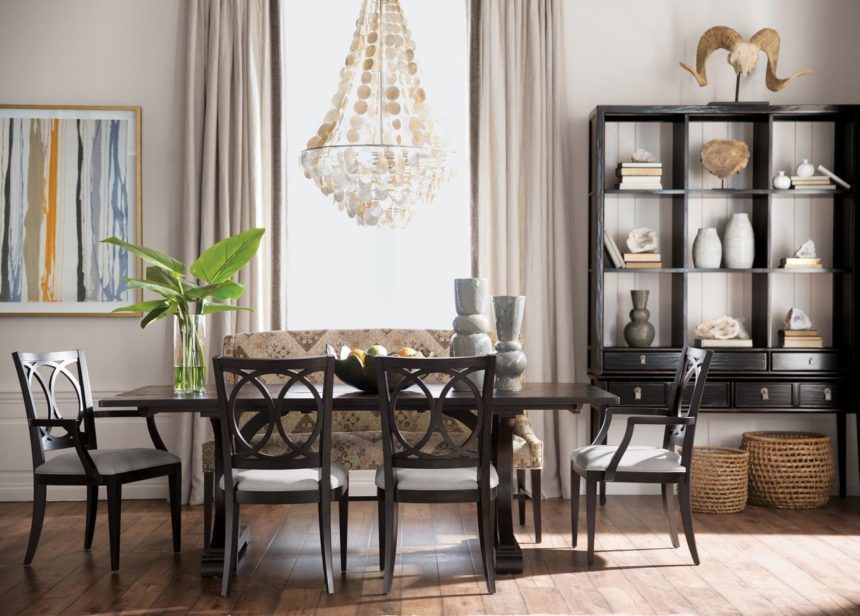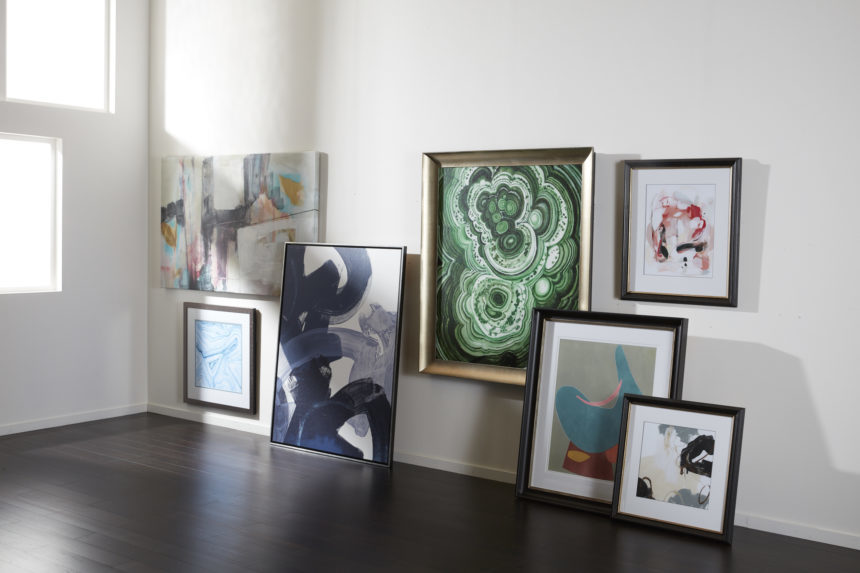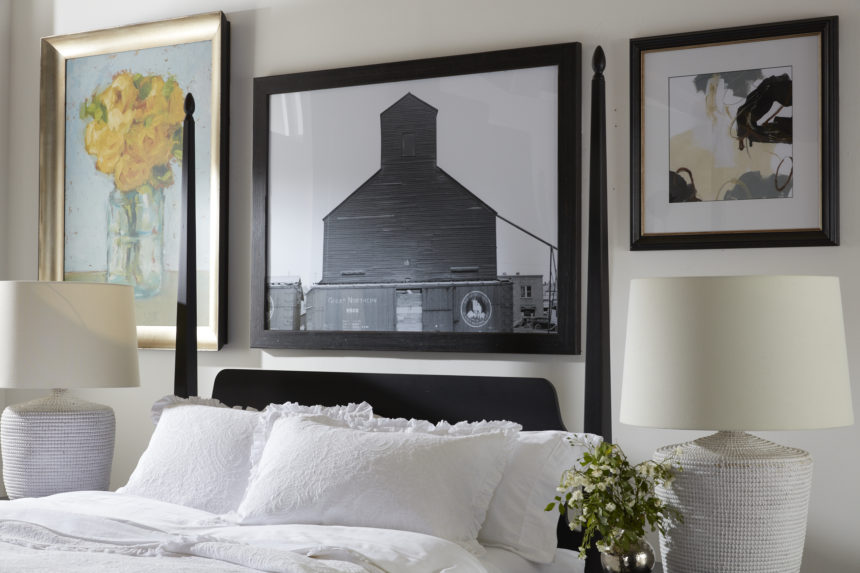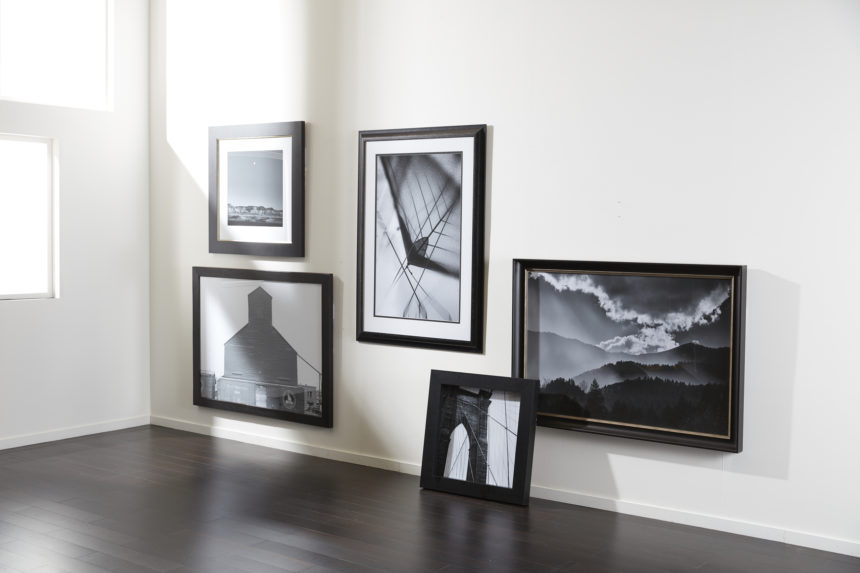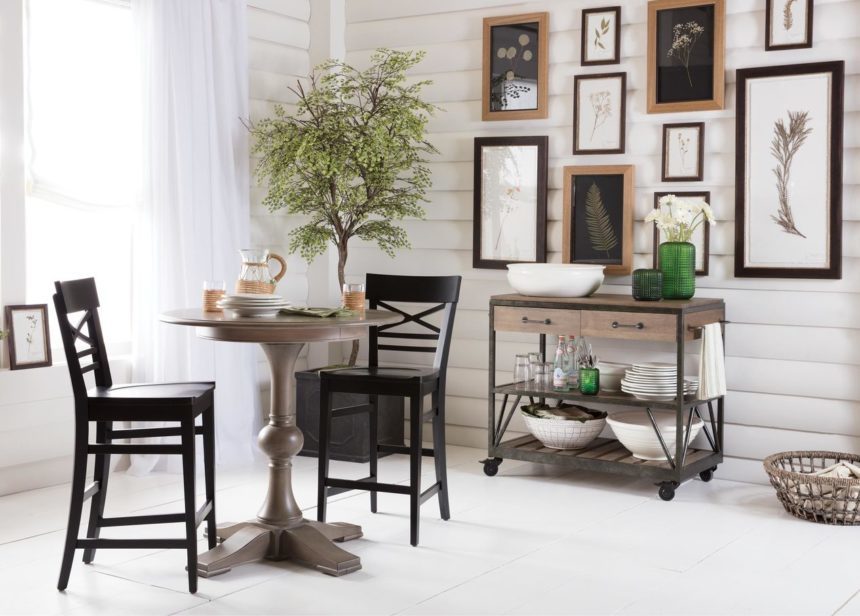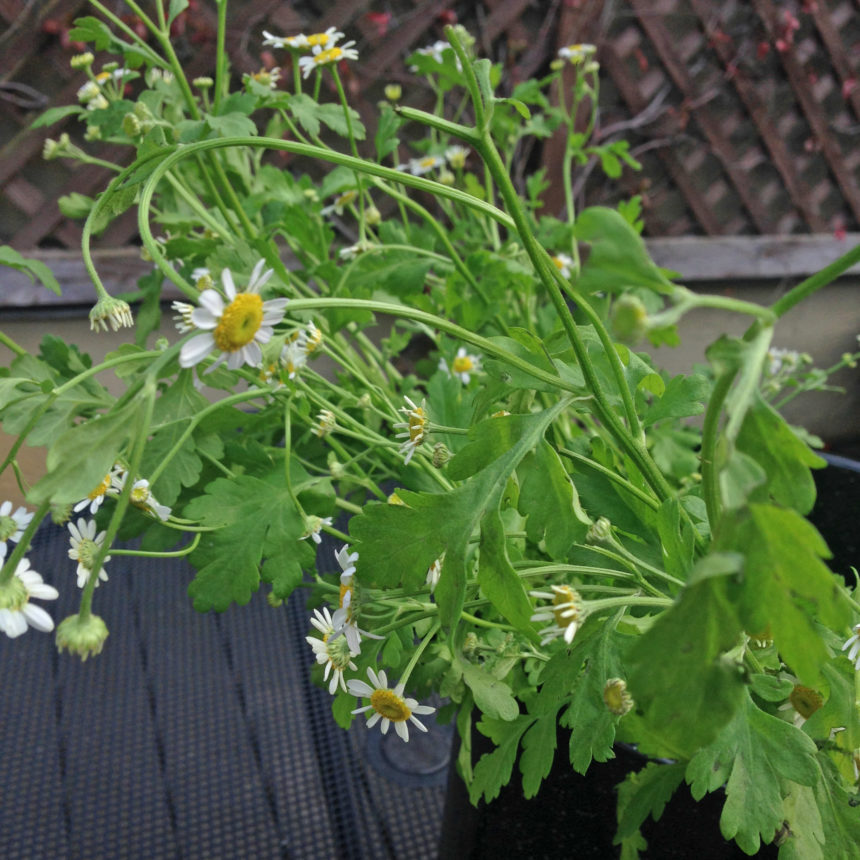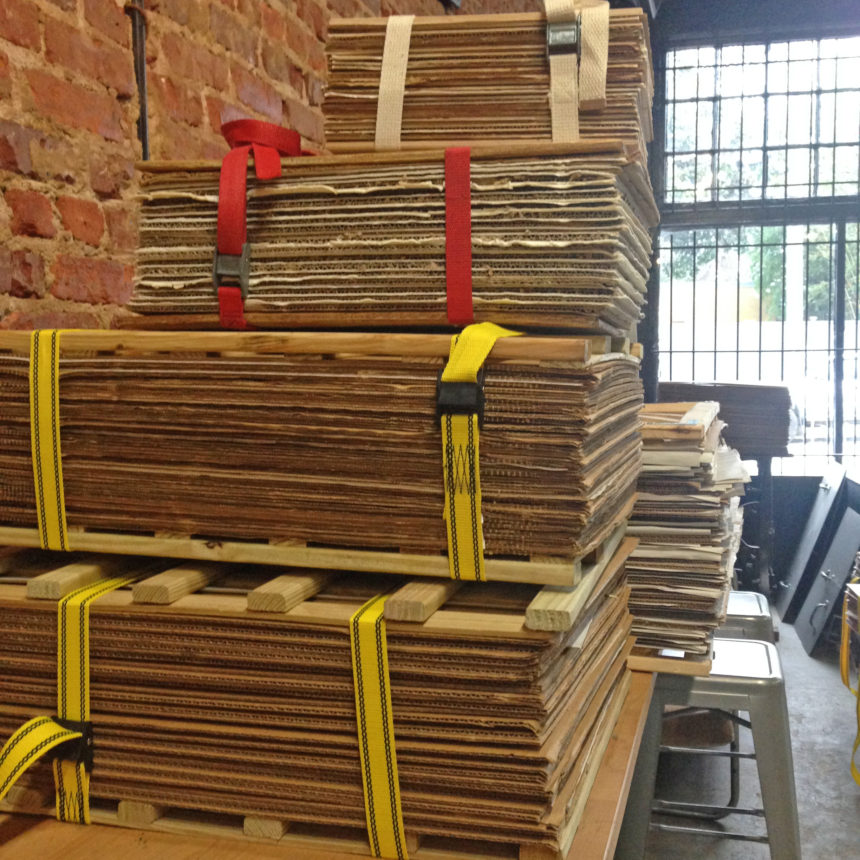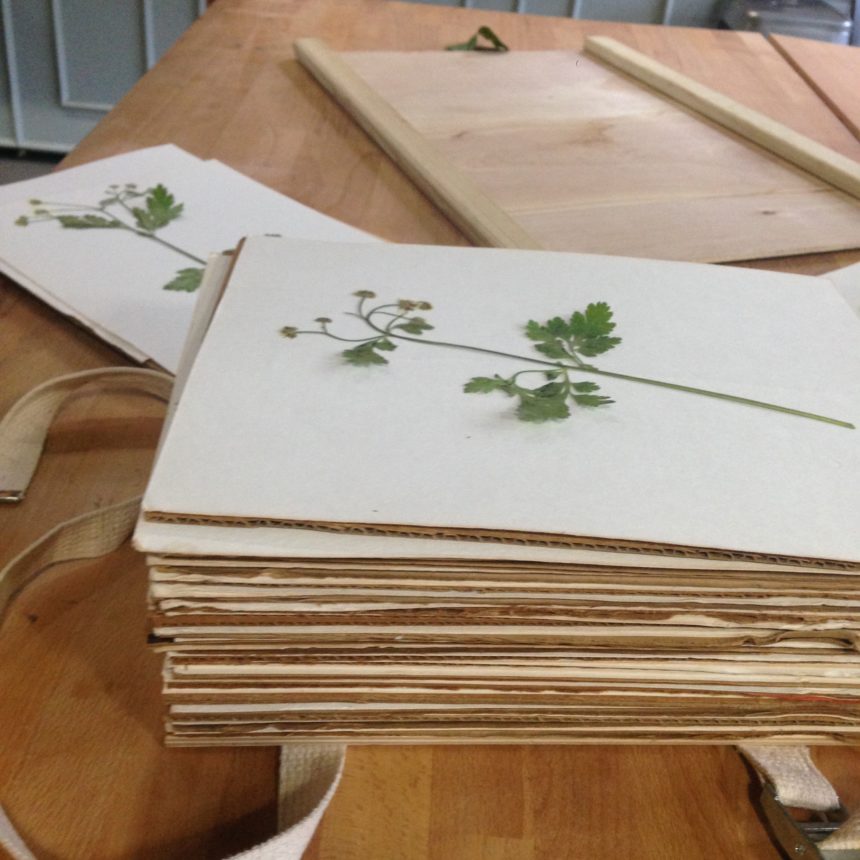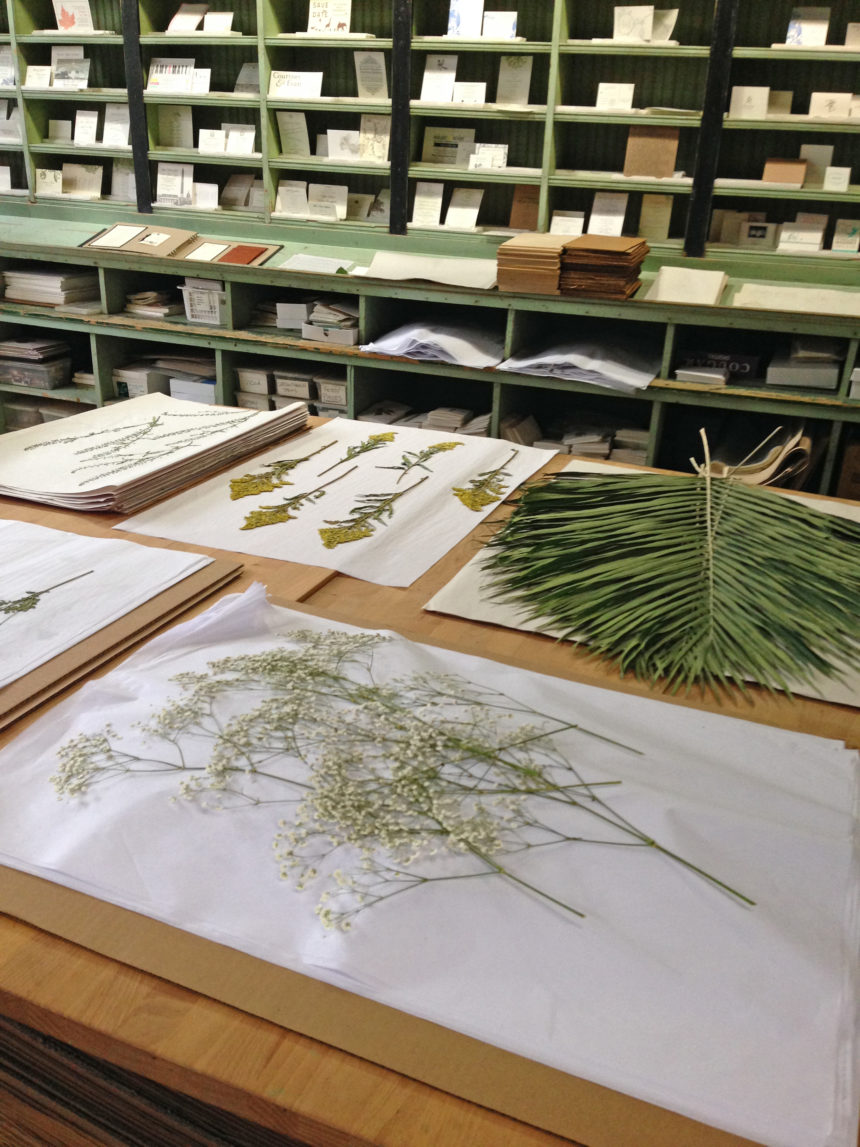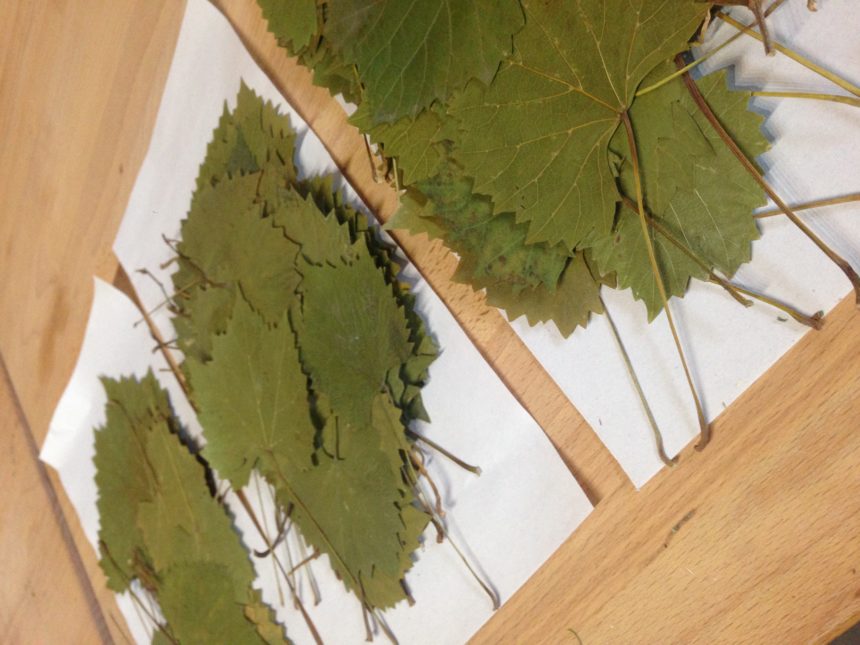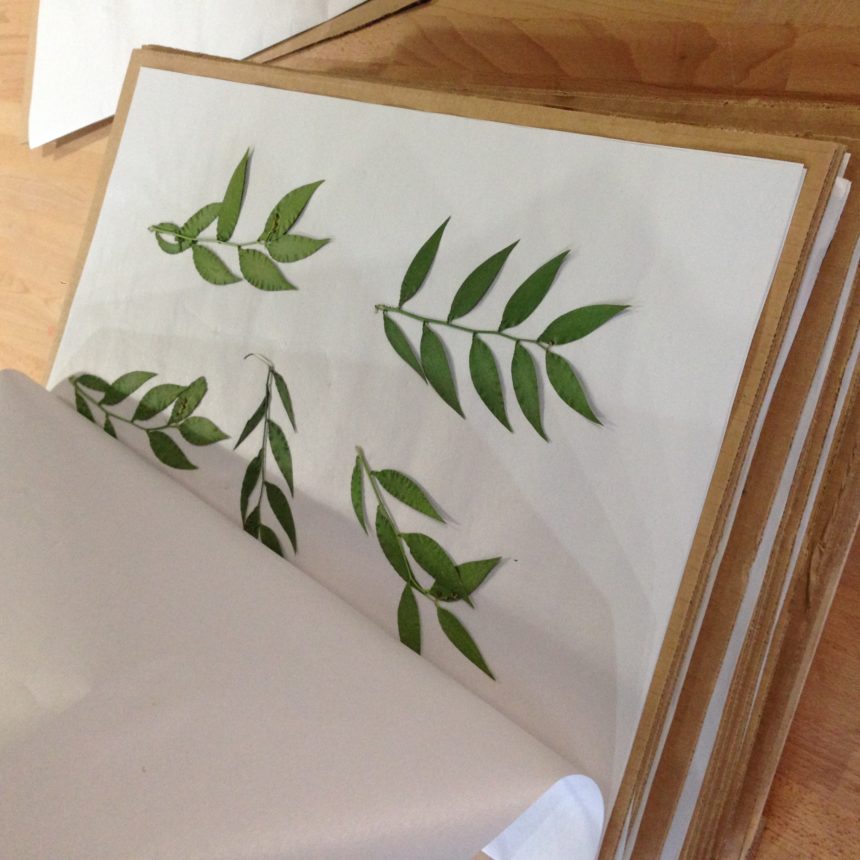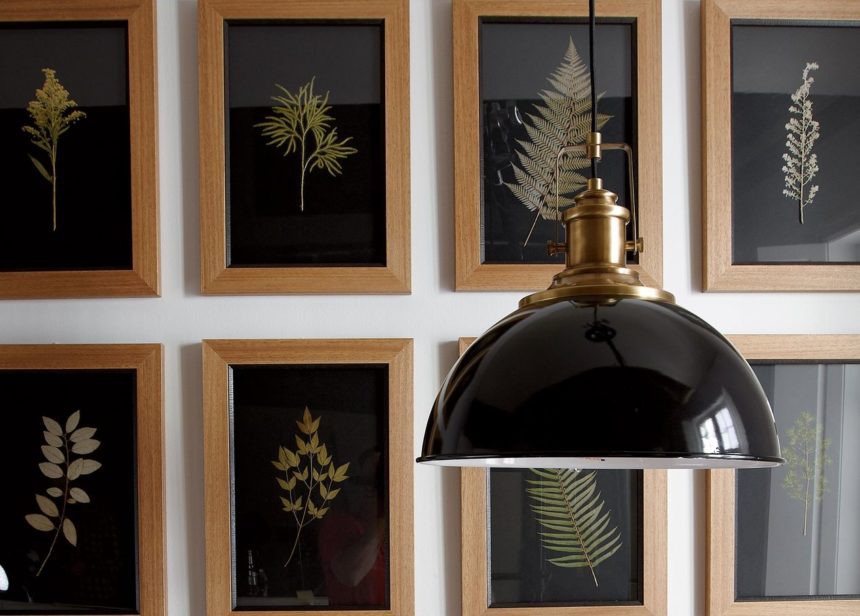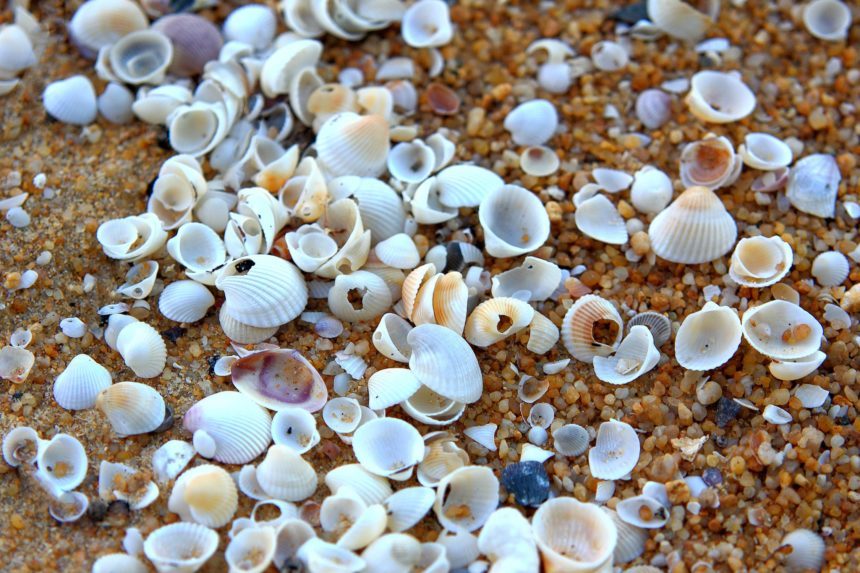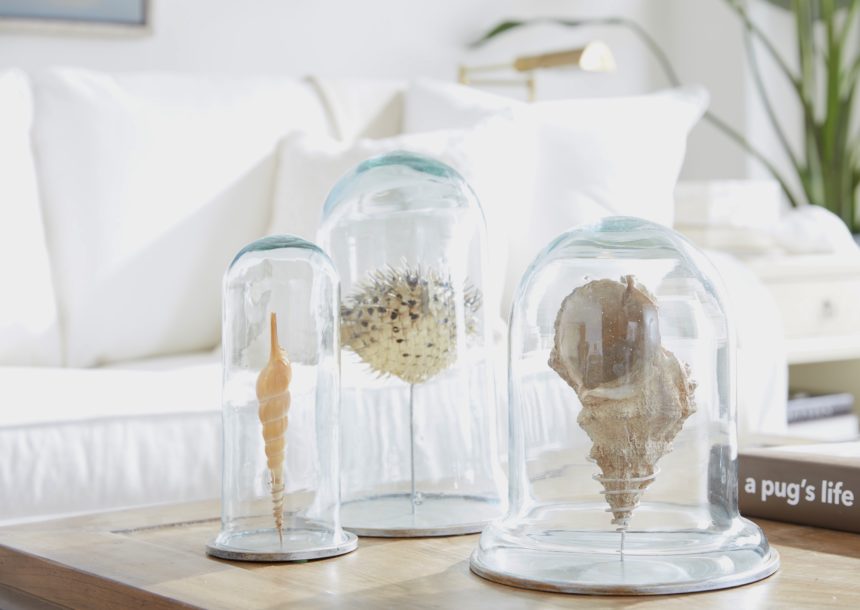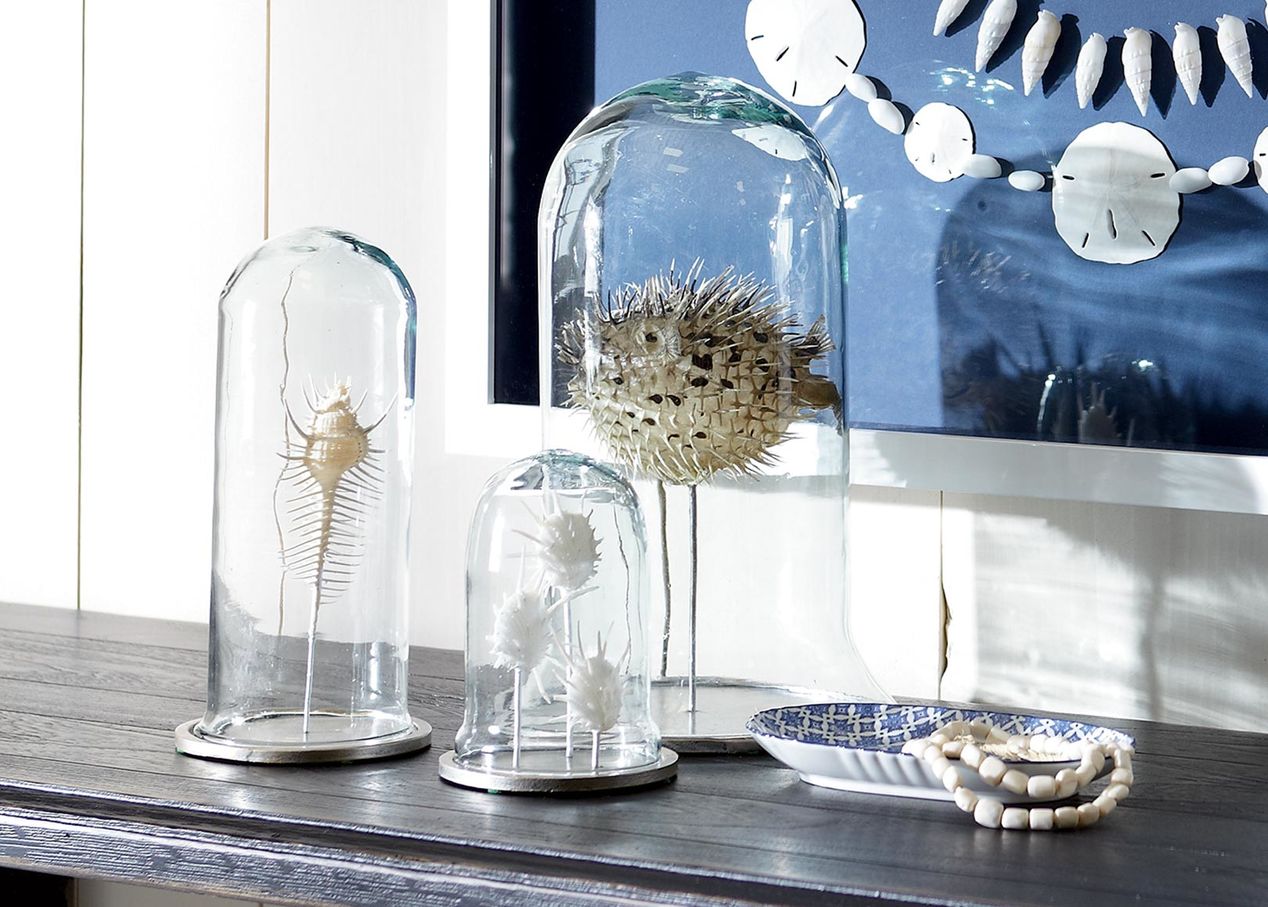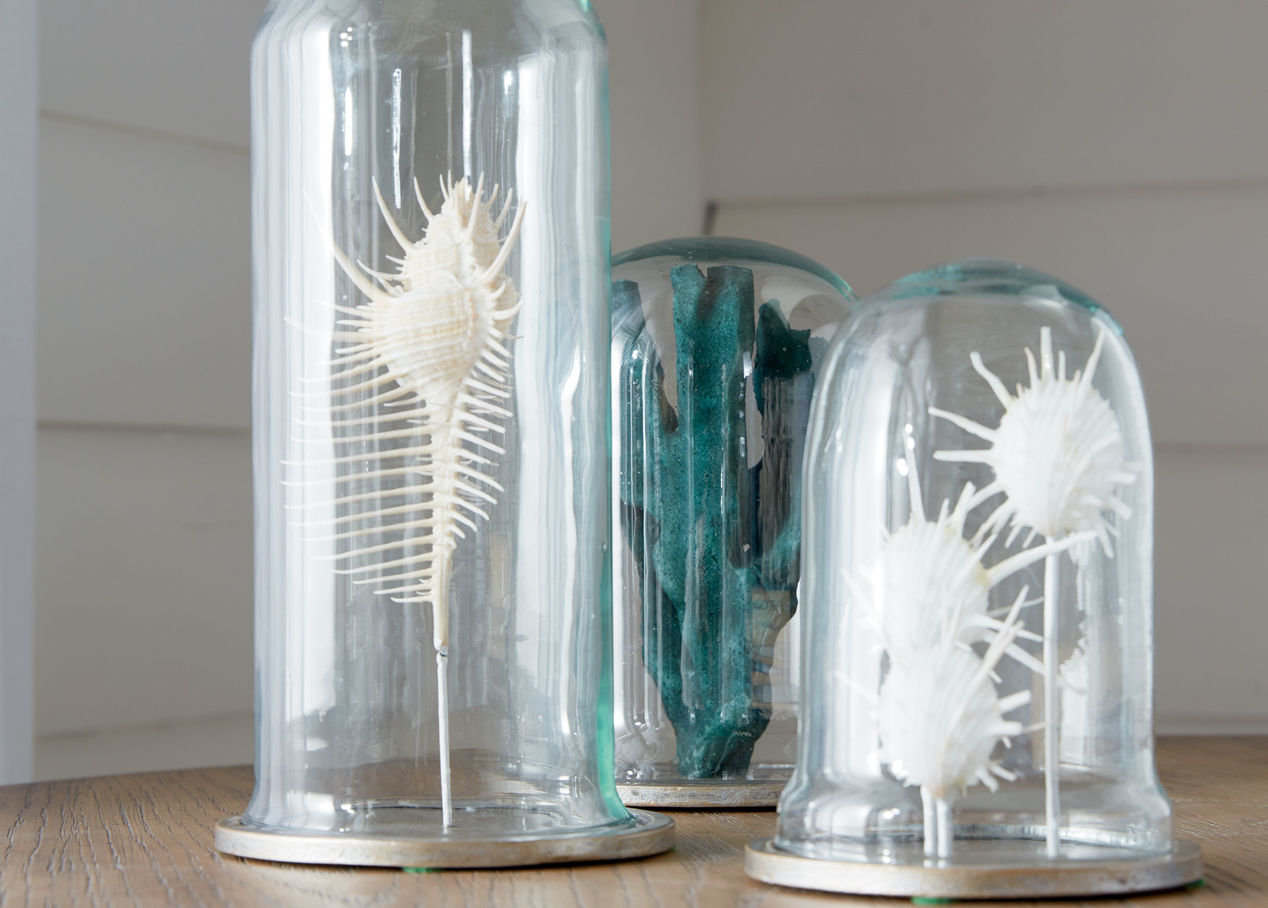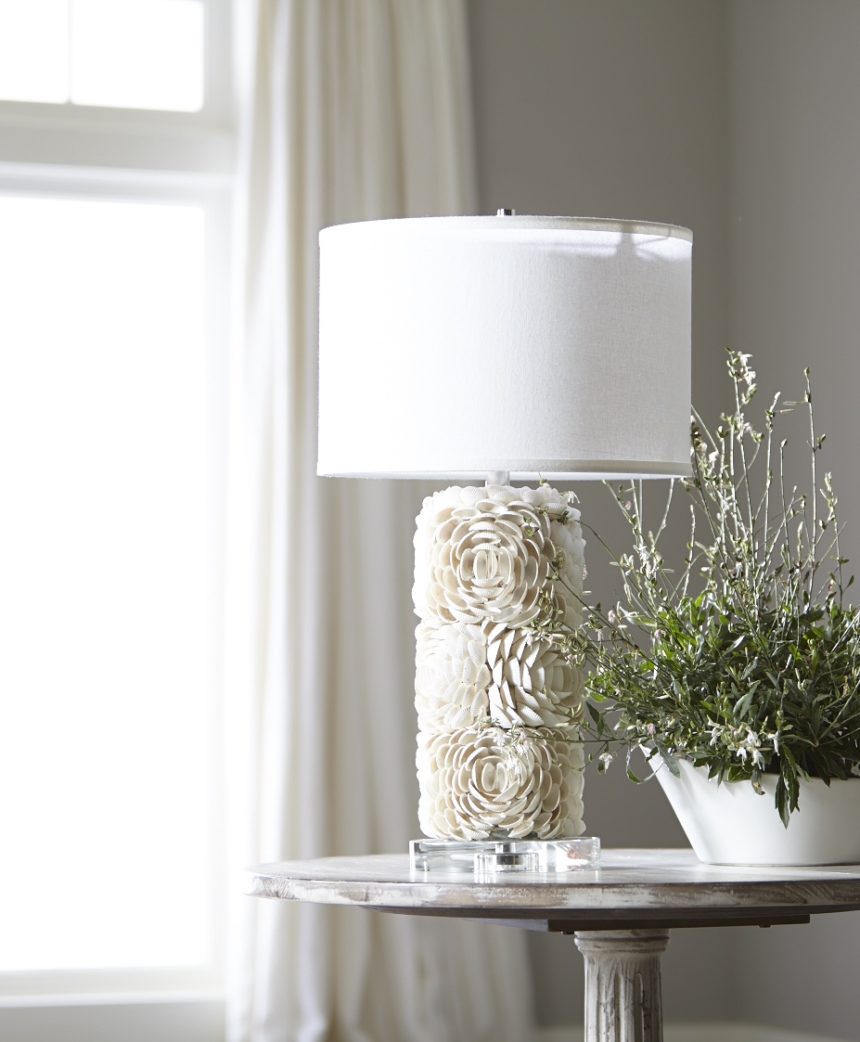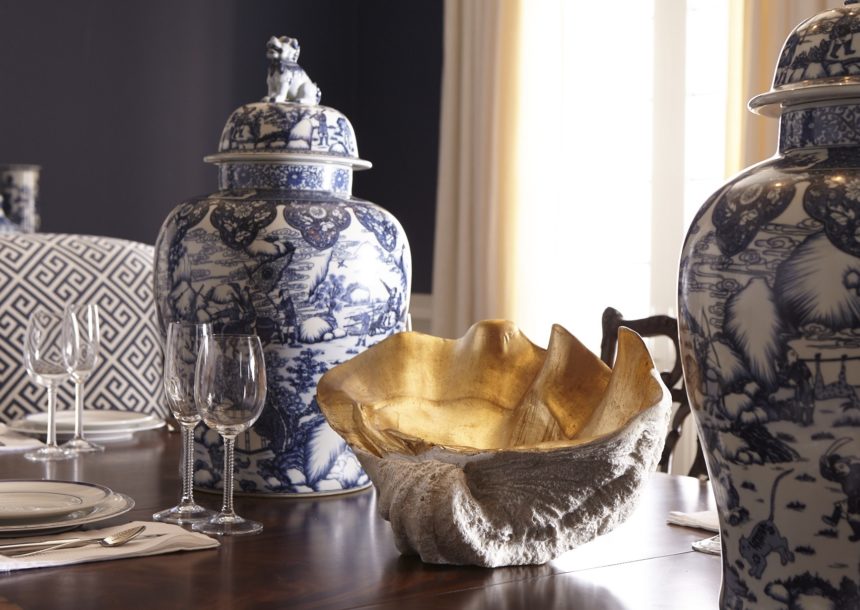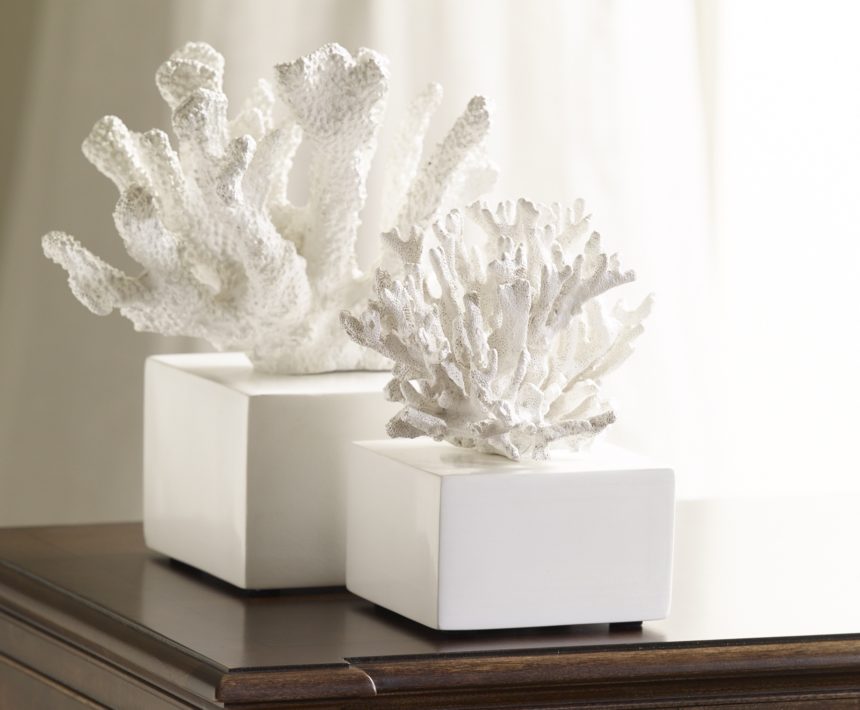On With The Show! How To Style an Open Display Cabinet
Display cabinets offer a creative and sophisticated way to showcase your style and interests, and they add lots of personality to your home. Go beyond traditional curio cabinets or glass door styles and choose open display cabinets; they offer an updated, casual feel that complements many of today’s lifestyles.
Here are a few ways to put your best style on display, right out in the open.
COLLECT YOURSELF
Mix and match your favorite curiosities or unique accents to create a curated look. Treat each shelf as a little vignette, combining artful pieces, books, and other decorative objects you love. Be sure to create a focal point in each space, playing with various heights and coordinating colors for balance. Love the well-traveled look? So do we! Decorate your display cabinet with treasures you’ve collected from your travels and globally inspired accents from our latest look, Passport .
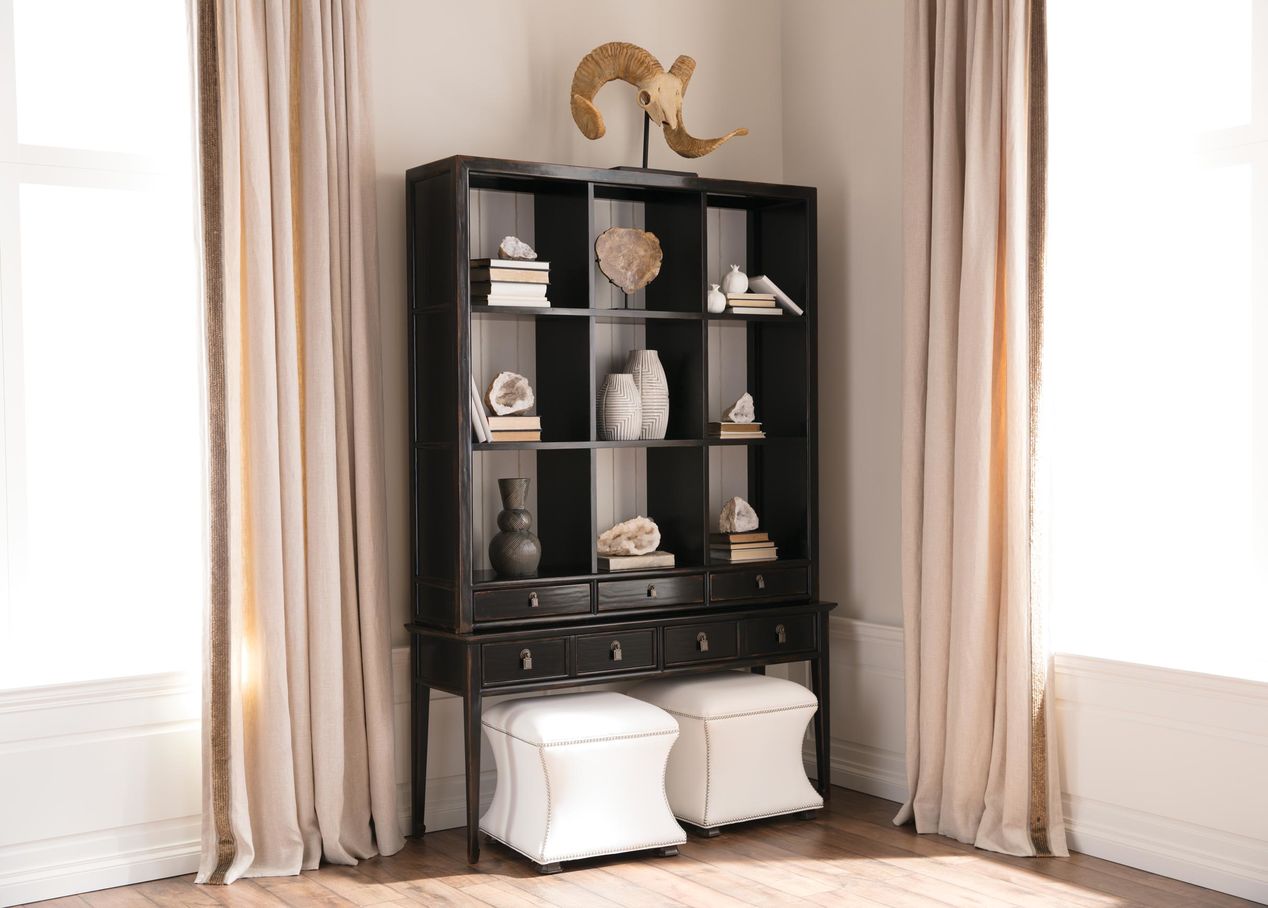
Our Ming display cabinet, decorated with hand-sculpted vases and accents inspired by faraway places, becomes the perfect setting for an intriguing showcase.
GET ECLECTIC
Incorporate a variety of pieces into your collection, but choose a common theme for your cabinet, such as color, subject, type of piece, or material—this helps you avoid a cluttered look. Hand-painted porcelain jars and vases or ceramic platters make stunning choices. If your style leans more on the contemporary side, display one distinct piece per shelf to create a striking art gallery effect.

This themed display of dinnerware and entertaining pieces in our Christopher china and buffet cabinet makes a perfect complement to everyday dining style.
DO IT BY THE BOOK
If you have a ton of books lying around or in boxes, pick your favorites and display them for all to admire. Coffee table books are the best choices to create this look, and they make great conversation pieces! When arranging your books, play with proportion. Stack them vertically or horizontally, or organize them by color to create a curated look.
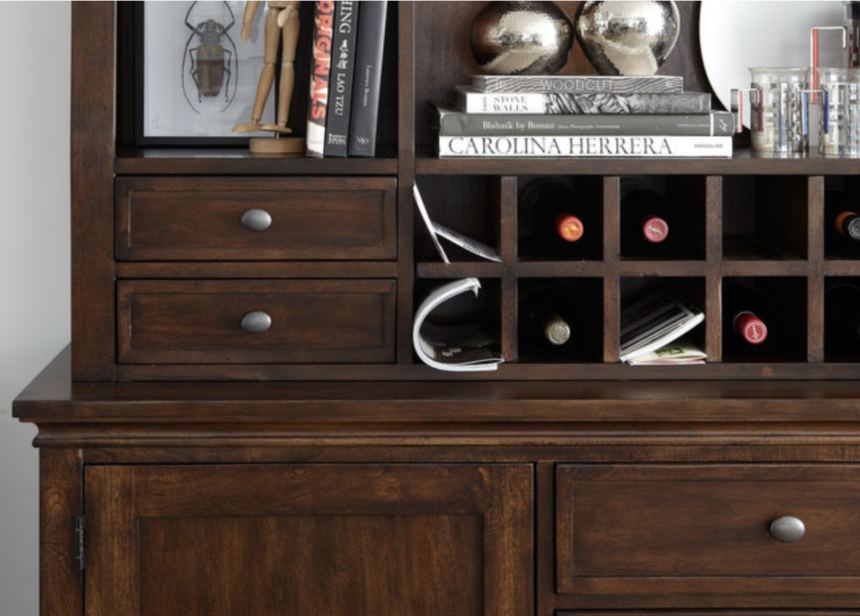
Unique artwork and dazzling silver accents add visual interest and dimension to stacks of books.
Whatever your style, opt for pieces that speak to you and you won’t go wrong. If you’re not sure where to start, just talk with one of our design pros. They can help you find pieces to complement your personal treasures or build your collection entirely from scratch, and their help is always on the house.

